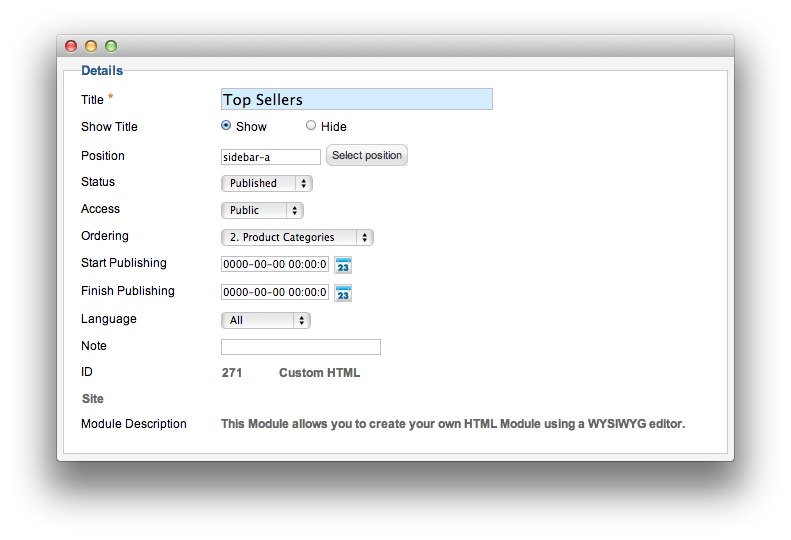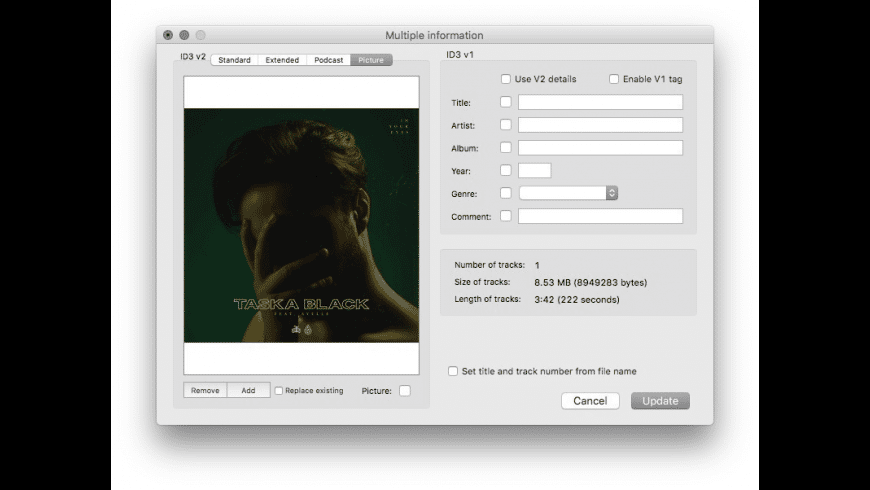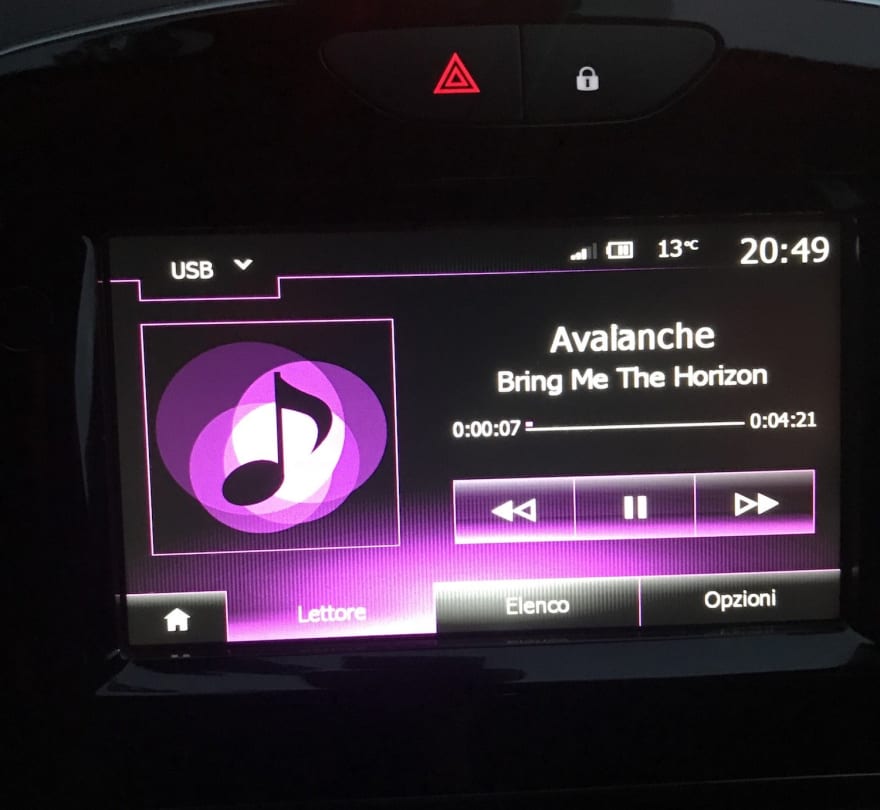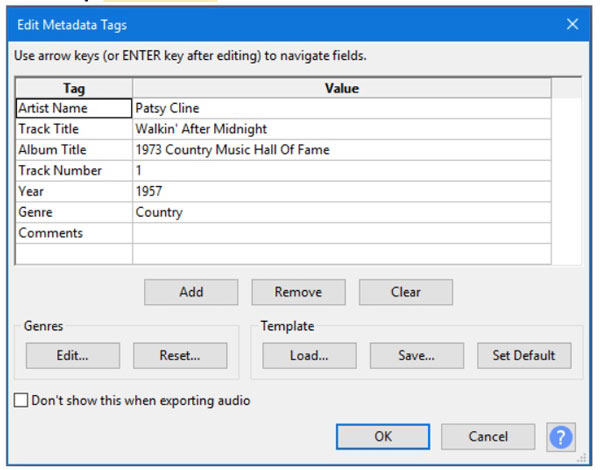

Pro Tip: Make sure you have a list of all the instruments used in the song as well. This again, will help the Music Supervisors to know what your music is all about and how it might fit in their shows. Researching similar artists and sounding songs will help you to add some of these subgenres to your metadata. So if your song is under the main genre Folk, Subgenres can be: There are some main types of genres and then subgenres. It is much better than just saying that it is under the “Folk” genre. For style you could say: upbeat fun acoustic guitar with playful vocals. This gives Music Supes an overall idea of the songs emotion & utility as well as style. For a song that is “Happy” Just don’t say “Happy and Fun” BORING! Also say, bouncy, joyful, playful, bright, lovely, snuggly, warm, crunchy, car commercial, kids party etc.… I include short words that will say what I am thinking the song can be used for as well. I sometimes use a thesaurus to come up with various ways to describe the moods, style, general keywords that will describe my song. No Vocal (have a file that is just the instrumental, sans vocal)Ħ0 sec, 30 sec, sting, acoustic only etc.High Fidelity files (wav, aiff & 48k/24bit or 44/16) Pro Tip: Make sure you have all the proper files of your music.

Usually you will be pitching the mp3 first, so the information should be retained there. Just make sure the data “sticks” in the files by sending them to a trusted friend to open first.
Id3 editor save template software#
There are other types of software to use such as MP3tag, Tag Editor, Id3, and many more. Aiff and mp3 will retain the information. So if you tag WAV files in iTunes, then send them to someone, the tags will disappear. *BEWARE: One thing to note is that WAV files don’t keep the metadata that is input into the file. In the music file itself it is helpful to put your email next to the artist or song name and to make it easier for the industry rep to contact you. Here I just put a general description and what the song may be used for. Most of the keywords, moods and descriptions can go into the comments section if space allows.

Here is a photo of a line of my song catalog filled out, followed by an mp3. This will be critical if someone wants to sign your music Pro Tip: Make sure you have all co-writer information & splits available and have all the rights ownership before pitching your music.

Having the files properly tagged will also tell them a bit more about the music and help them narrow down their music choices. So tagging your music files with the appropriate metadata is key. We are in the digital age, so CD’s are a nice package but it is the digital file that ends up getting stored and saved. In other words, metadata is information that will help to describe your music as well as provide contact information for those looking to contact you to use your music. Proper definition: a set of data that describes and gives information about other data. Now an opportunity is lost because the music files weren’t properly tagged with metadata or they did not retain that data. In the stack of 100 biz cards they collected they don’t know who you are. They love the songs they are hearing but have no way to contact you. Track 01 No title, no author, no nothing. The music supervisor then shakes their head when they see: The music supervisor takes your CD, (loses the cover) and imports your music. You feel good, heck, you feel great! You are hopeful about all your new connections. You hand the CD to several music supervisors and industry professionals. You’ve made all this great music you burned a ton of Cd’s and are headed off to a conference. By Michelle Lockey Tag your Music with Metadata


 0 kommentar(er)
0 kommentar(er)
